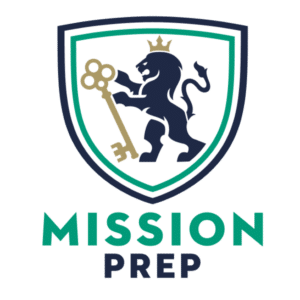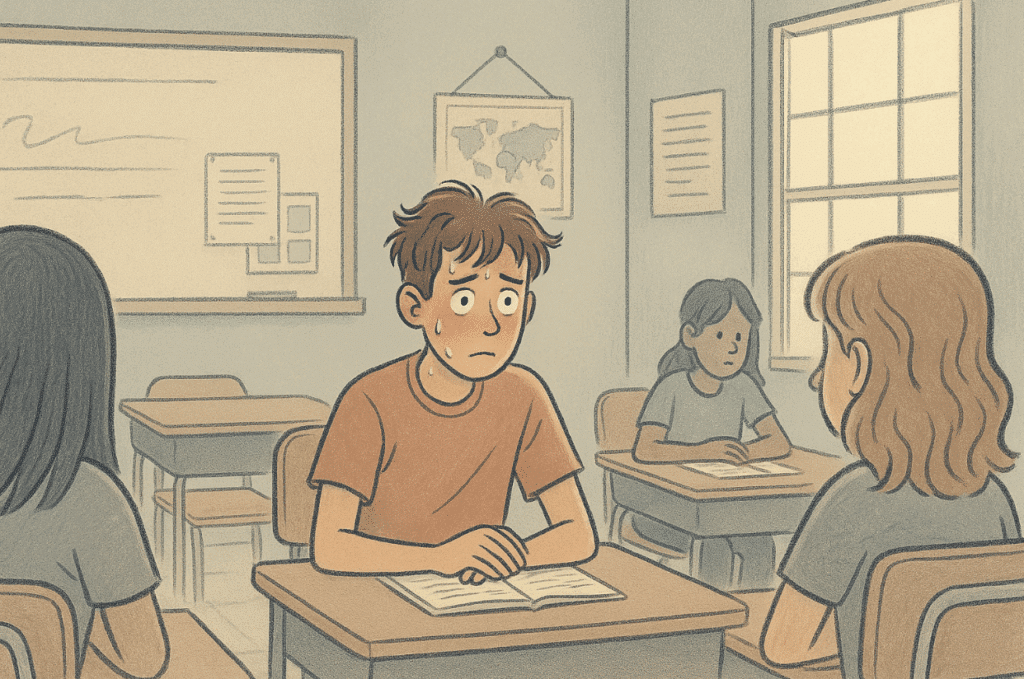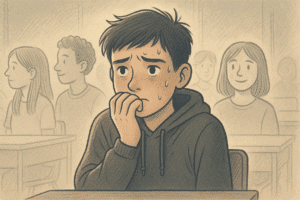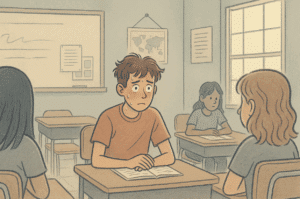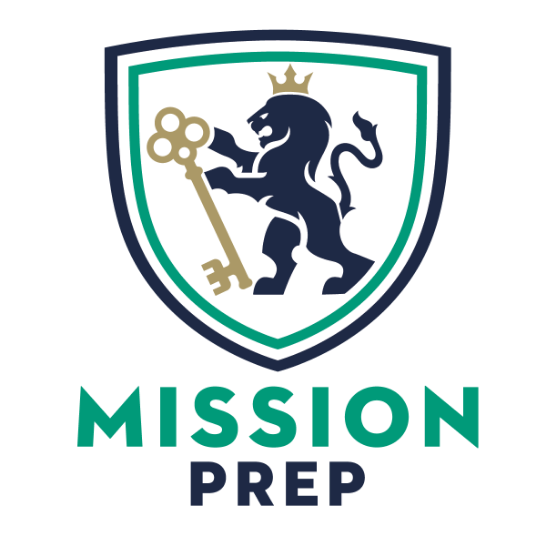Key Takeaways
- ADHD and autism are distinct neurodevelopmental conditions with overlapping symptoms, but differences in social communication, sensory processing, and attention patterns can help distinguish between them.
- Teens with ADHD typically understand social cues but struggle with impulse control, while teens with autism often have difficulty interpreting social situations despite potentially strong focus on specific interests.
- Both conditions can significantly impact academic performance, but for different reasons: ADHD through distractibility and autism through processing differences.
- Up to 50–70% of individuals with autism also have ADHD symptoms, making proper diagnosis by qualified professionals crucial for effective support.
- At Mission Prep, we provide comprehensive assessment and personalized treatment plans for teens managing either or both conditions, ensuring accurate diagnosis and targeted interventions
Spotting the Differences: ADHD vs Autism
Distinguishing between ADHD and autism in teenagers can be challenging, especially when symptoms overlap or mask each other.
Teens with ADHD (Attention-Deficit/Hyperactivity Disorder) primarily struggle with attention regulation, impulse control, and sometimes hyperactivity. These challenges directly impact their ability to stay focused on non-preferred tasks and manage time effectively.
Meanwhile, teens with autism spectrum disorder (ASD) face core differences in social communication, sensory processing, and behavioral flexibility. They may hyperfocus on interests but struggle to understand social nuances that most neurotypical teens manage intuitively. Understanding these distinctions is important for proper support.
Why These Conditions Look Similar
Both ADHD and autism are neurodevelopmental conditions, meaning they affect how the brain develops and processes information. This shared neurological basis explains why they can appear similar on the surface. In fact, about 50–70% of individuals with autism also have symptoms of ADHD, making the distinction even more complex.
In the classroom, both groups of teens might struggle to follow directions, complete assignments, or participate appropriately in group work. Socially, both might have difficulty maintaining friendships, though for different underlying reasons. Both conditions can also lead to emotional dysregulation, with teens experiencing seemingly disproportionate responses to everyday challenges.
The teenage years introduce additional complexity. Hormonal changes, increasing academic demands, and complex social dynamics can amplify symptoms of both conditions.
| Mission Prep Healthcare: Adolescent Mental Health Care Mission Prep Healthcare specializes in mental health treatment for teens aged 12-17, offering residential and outpatient programs for anxiety, depression, trauma, and mood disorders. Our therapies include CBT, DBT, EMDR, and TMS, tailored to each adolescent’s needs. With a structured, supportive environment, we integrate academic support and family involvement to promote lasting recovery. Our goal is to help teens build resilience and regain confidence in their future. Start your recovery journey with Mission Prep Healthcare today! |
ADHD Signs in Teens
ADHD symptoms typically fall into three categories: inattention, hyperactivity, and impulsivity. During adolescence, these symptoms often evolve and present differently than in childhood.
Attention Problems
- Difficulty sustaining focus on homework, reading, or lectures, especially when the material isn’t immediately engaging
- Frequently losing track of assignments, deadlines, or personal belongings
- Seeming to “zone out” during conversations or class discussions
- Struggling to follow multi-step instructions or complete tasks that require sustained mental effort
- Hyperfocusing on highly stimulating activities (like video games or social media) while avoiding less stimulating but important tasks
The attention challenges in ADHD stem from differences in how the brain regulates focus and processes rewards. For teens with ADHD, the brain’s reward system requires more immediate and intense stimulation to maintain engagement. It doesn’t necessarily have to do with willpower or motivation; it’s a neurological difference that makes sustained attention on “boring” tasks genuinely more difficult.
Hyperactivity Changes
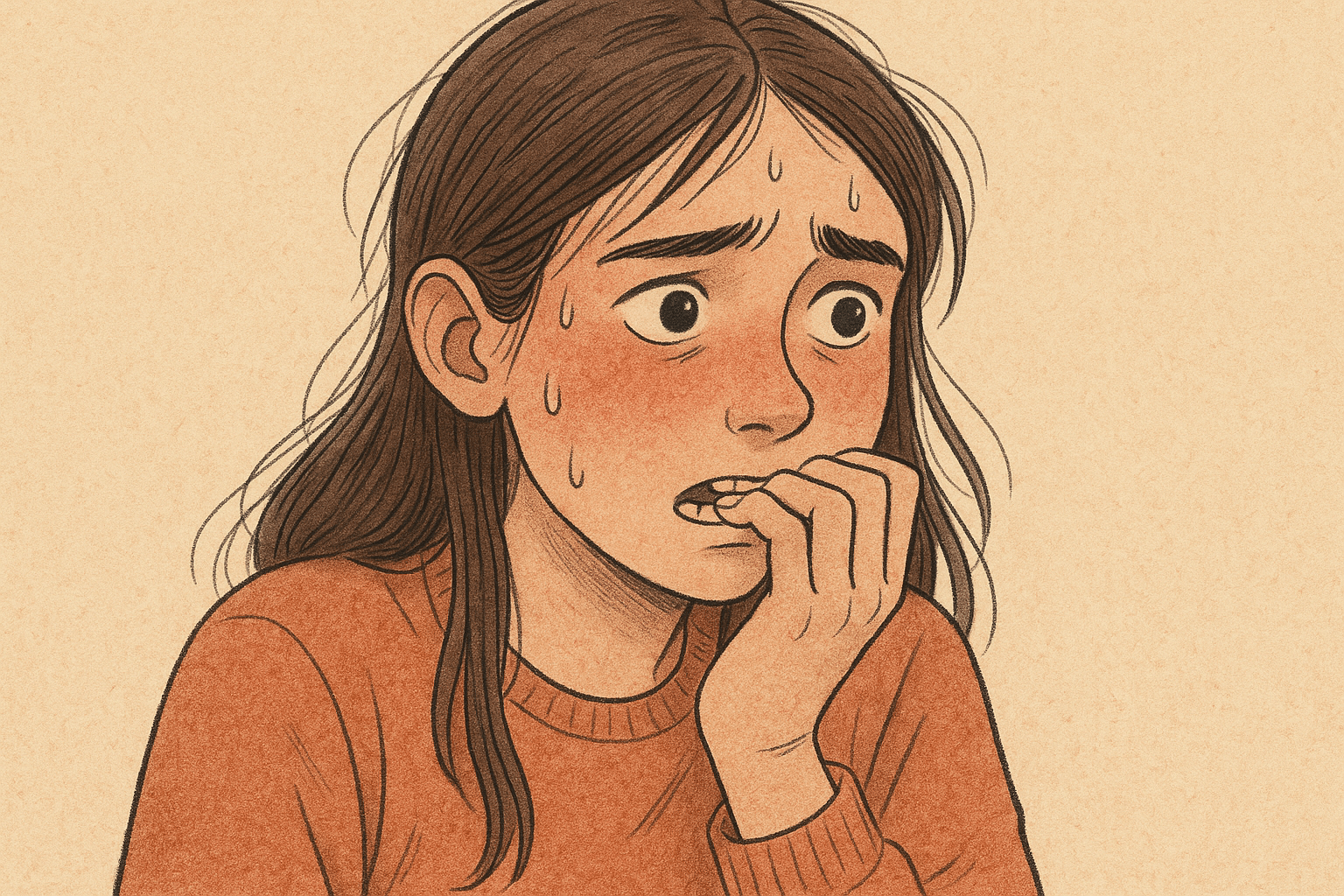
Hyperactivity often transforms during adolescence. While younger children might be constantly “on the go,” teens with ADHD typically experience internal restlessness, a feeling of being driven by a motor they can’t shut off.
You might catch yourself fidgeting during class, tapping feet, or struggling to sit through meals or movies. This internal restlessness can manifest as risk-taking behaviors, as you seek the stimulation your brains crave.
Some teens, particularly girls, might not show obvious hyperactivity at all. Instead, you might talk excessively, interrupt conversations, or seem to be constantly busy with multiple projects. This “busy brain” phenomenon can be exhausting for teens, making it difficult to relax or fall asleep at night, leading to a cycle of sleep deprivation that worsens attention problems the next day.
Impulsive Behaviors
Impulsivity in teens with ADHD affects both actions and decision-making. You might make comments without considering consequences, struggle with emotional regulation, or have difficulty waiting your turn in conversations or activities. This impulsivity stems from underdeveloped executive functions in the prefrontal cortex, the brain’s “brake pedal” that helps most people pause and think before acting.
The consequences of impulsivity become more serious during adolescence. Poor impulse control can lead to risky sexual decisions or impulsive spending.
Autism Signs in Teens
Autism spectrum disorder presents differently in adolescence compared to early childhood. Many teens with autism have developed strategies to mask their differences, making the condition less obvious but potentially more taxing on their mental health.
Social Communication
Social communication differences are a hallmark of autism. You might struggle with the unwritten rules of conversation; maintaining appropriate eye contact, recognizing when someone is losing interest, or understanding subtle humor.
Additionally, many teens with autism have difficulty reading facial expressions or understanding tone of voice, making it challenging to interpret others’ emotions or intentions. This can lead to misunderstandings or social faux pas that damage peer relationships.
Restricted Interests
Intense, focused interests are common in autism and can actually be a significant strength. You might develop extraordinary knowledge in specific areas, from traditional academic subjects to more niche topics like train schedules, fantasy worlds, or computer programming. These interests provide comfort and joy but can sometimes dominate conversations or activities to a degree that peers find overwhelming.
While teens with ADHD might flit between interests, autistic teens often maintain consistent passions over years. They may collect extensive information, memorize facts, or develop specialized vocabulary related to their interests. These focused pursuits can lead to genuine expertise and potentially future career paths.
Sensory Sensitivities
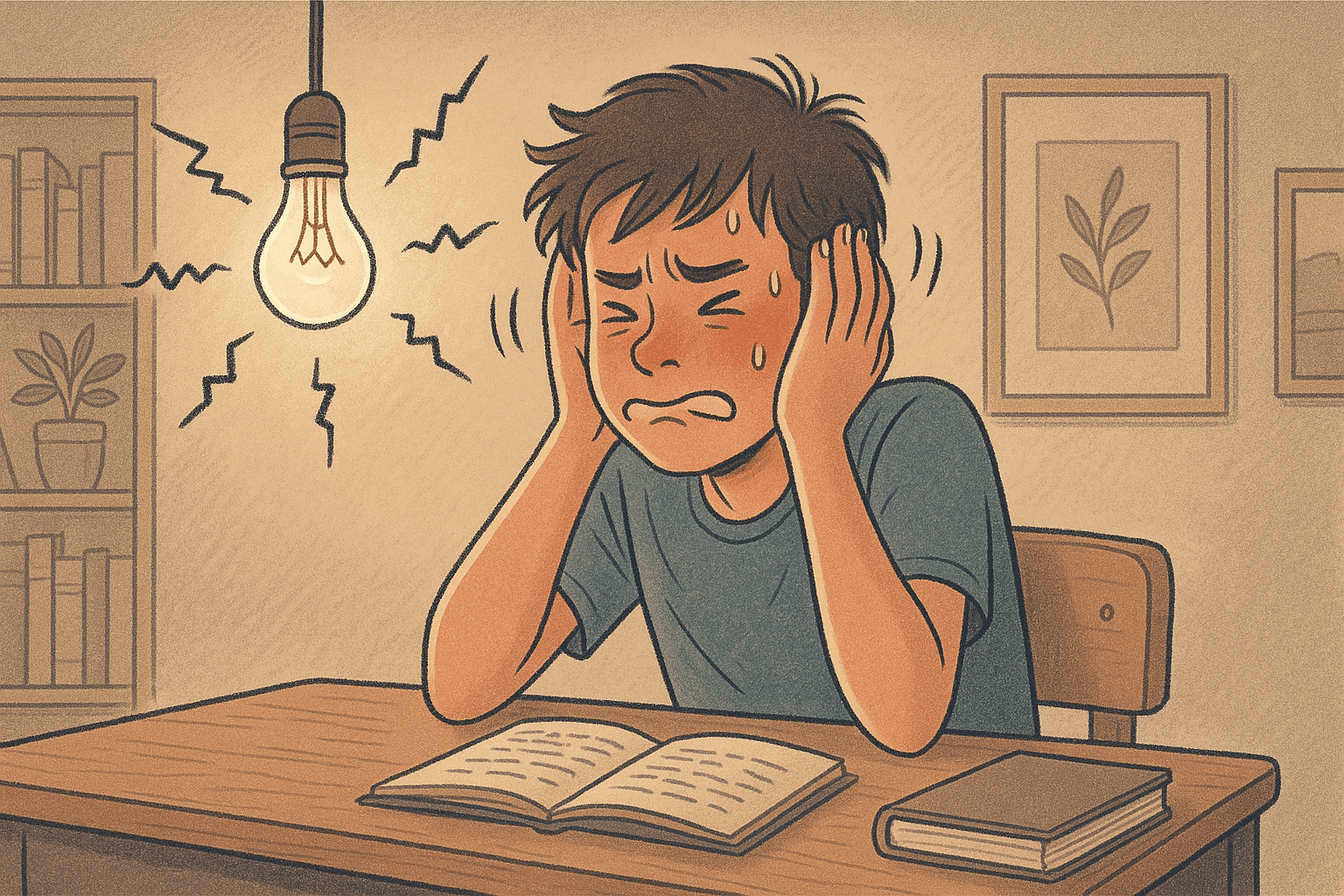
Sensory processing differences affect many teens with autism.
You might be overwhelmed by sounds others barely notice, the hum of fluorescent lights, background conversations, or certain pitches of music. You may be sensitive to certain textures in clothing, foods, or environmental features. Alternatively, some teens seek out sensory input, enjoying deep pressure, spinning, or intense flavors that others find overwhelming.
The typical high school environment can be a sensory nightmare—crowded hallways, noisy cafeterias, unpredictable fire drills, and varying classroom temperatures. These sensory challenges can significantly impact learning and social engagement, as teens may become overwhelmed and need to withdraw or engage in self-regulation behaviors that appear unusual to others.
Routine Importance
Many teens with autism rely on predictability and routines to manage their world. Changes to schedules, unexpected events, or transitions between activities can cause significant distress.
This preference for sameness often stems from a need to make the world more predictable and manageable, especially when processing social and sensory information is already taxing.
Social Differences: ADHD vs Autism
ADHD Social Patterns
Teens with ADHD typically understand social norms and can read emotional cues, but struggle with consistent application of social skills. Their social challenges stem primarily from impulsivity, inattention to social details, and difficulty with self-regulation.
You might interrupt conversations, miss important social cues because you’re distracted, or act without considering social consequences. This pattern often leads to a history of friendships that start intensely but fade over time as peers become frustrated with perceived carelessness or insensitivity.
Autism Social Patterns
Teens with autism face more fundamental challenges with social understanding. They struggle to intuitively grasp unwritten social rules, read non-verbal cues, or understand figurative language. You might interpret comments literally, miss sarcasm, or not understand why certain behaviors are inappropriate in specific contexts.
These challenges stem from differences in social cognition rather than attention or impulse control issues. Many autistic teens deeply desire friendship but find typical social interactions confusing, overwhelming, or draining.
Difference in School Challenges
ADHD Learning Hurdles
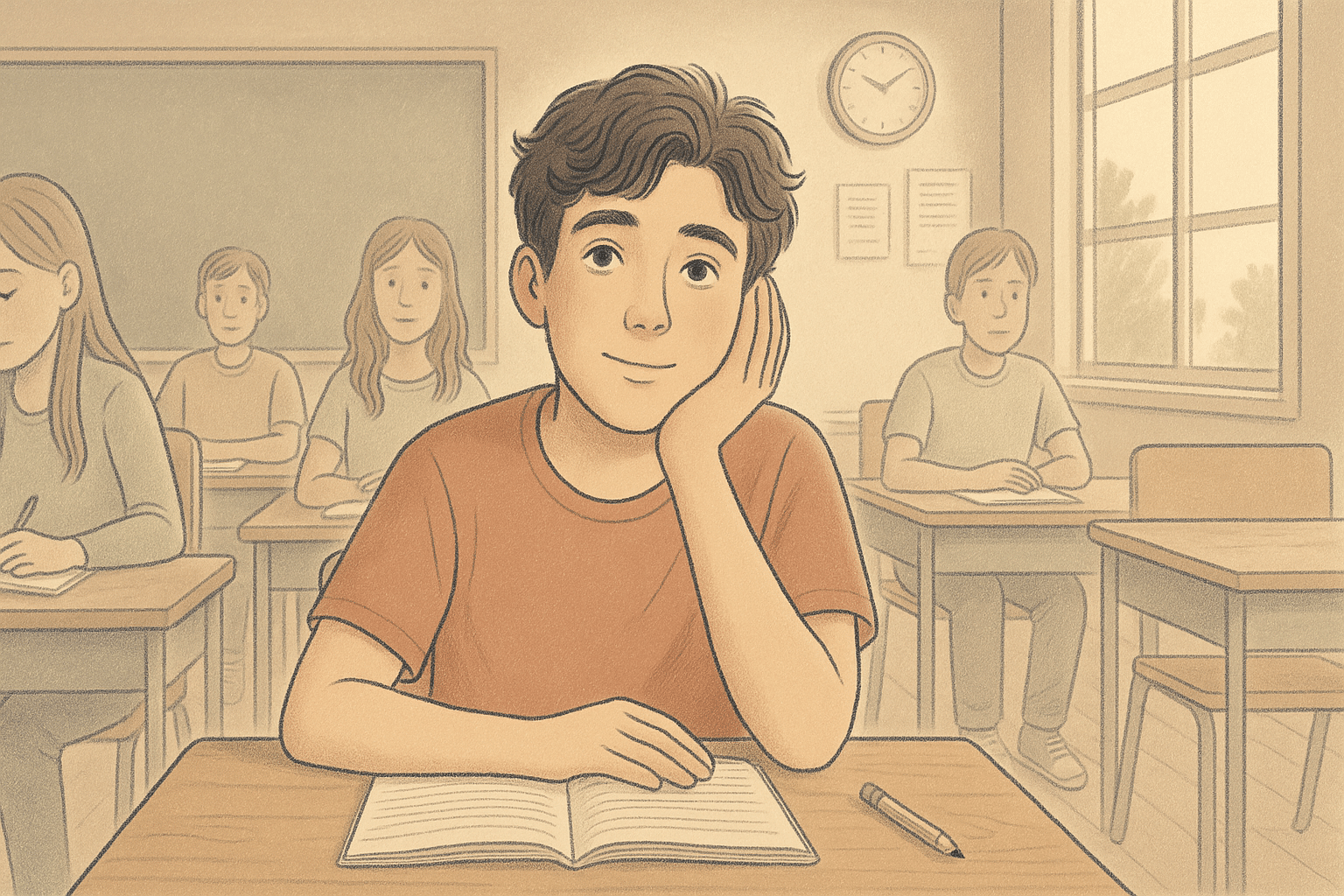
For teens with ADHD, the primary academic challenges revolve around sustained attention, organization, and completing work on time.
Teens with ADHD often struggle with time management, planning multi-step projects, organizing materials, and prioritizing tasks. These difficulties become more pronounced in high school as direct teacher supervision decreases and expectations for independence increase. Many bright teens with ADHD underperform academically, leading to frustration and diminished self-esteem that can further impact motivation.
Autism Academic Patterns
Teens with autism often show a different academic profile. They may excel in subjects that align with their interests or have clear rules and procedures (like math or science) while struggling with subjects requiring perspective-taking or abstract thinking (like literature analysis or open-ended writing assignments).
The sensory and social demands of classroom environments create additional challenges. Group projects, class discussions, and crowded, noisy classrooms can be overwhelming for autistic teens, making it difficult to access their academic capabilities.
Getting Diagnosed
For ADHD, consider taking an assessment if you show persistent patterns of inattention, disorganization, or impulsivity that significantly impact academic performance, home life, or social relationships.
Warning signs include dramatically inconsistent performance, chronic procrastination leading to crisis, or emotional outbursts when facing non-preferred tasks.
For autism, evaluation is appropriate when you experience ongoing difficulties with social communication and interaction across multiple contexts, alongside restricted interests or repetitive behaviors.
If you show symptoms of both conditions, perhaps strong special interests and social communication differences alongside significant attention and organization challenges, a comprehensive evaluation is particularly important.
Treatment Options Available
ADHD Approaches
Treatment for ADHD typically includes a combination of medication, behavioral strategies, and environmental modifications. Stimulant medications are often effective in reducing core symptoms by improving the function of neurotransmitters that regulate attention and impulse control. Non-stimulant options (like atomoxetine or guanfacine) may be appropriate for teens who don’t respond well to stimulants or have contraindications.
Beyond medication, evidence-based behavioral approaches include Cognitive Behavioral Therapy to address negative thought patterns, organizational skills training, and parent coaching to establish effective structure and consequences. Educational accommodations and assistive technology can significantly improve academic outcomes.
Autism Supports
Autism treatment generally focuses on developing social communication skills, addressing sensory needs, and building independence through structured teaching of functional skills. Social skills groups specifically designed for autistic teens can provide explicit instruction in social understanding within a supportive peer environment. Individual therapy using cognitive behavioral approaches may help with anxiety management and developing flexible thinking.
Unlike ADHD, there are no medications that address the core features of autism, though medications may help with co-occurring symptoms like anxiety, irritability, or attention issues. Many teens benefit from occupational therapy to address sensory processing differences and develop self-regulation strategies.
When You Have Both
For teens with both ADHD and autism, treatment planning must address both sets of challenges in an integrated way. This often means prioritizing which symptoms to address first, typically beginning with those causing the most significant functional impairment.
Medication decisions become more complex, as stimulants sometimes exacerbate rigidity or anxiety in autistic teens, requiring careful monitoring and adjustment. At Mission Prep our integrated treatment teams ensure that all aspects of a teen’s profile are considered when developing and implementing intervention plans.
Finding Clarity and Support at Mission Prep

Mission Prep Healthcare’s specialized team understands the complexities of neurodevelopmental conditions in teens.
Mission Prep provides thorough assessments that look beyond surface symptoms to identify the underlying patterns that distinguish ADHD from autism, or recognize when both conditions are present. Our individualized treatment approaches respect each teen’s neurodiversity while providing practical support for areas of challenge.
If you’re struggling with attention regulation, social communication, sensory processing, or a combination of these areas, we’re here to help you manage this journey with clarity and hope.
Our comprehensive programs address not just the symptoms, but the whole person, building on strengths while developing essential life skills for long-term success.
Don’t let confusion about your teen’s diagnosis delay the support they need. Contact Mission Prep today to begin the path toward understanding and effective treatment customized specifically for your unique needs.
Frequently Asked Questions
Do ADHD and autism medications work differently?
Yes, medication approaches differ significantly between the two conditions. For ADHD, medications directly target core symptoms by affecting neurotransmitters involved in attention regulation and impulse control. When effective, these medications can substantially improve functioning. For autism, there are no medications that address the core features of social communication differences or restricted/repetitive behaviors. Medications used in autism treatment target specific co-occurring symptoms like irritability, anxiety, or sleep problems.
Will ADHD or autism affect my future career choices?
While these conditions may present certain challenges, they shouldn’t limit career possibilities when properly understood and accommodated. Many successful professionals in various fields have ADHD, autism, or both. The key is finding career paths that align with natural strengths and interests while developing strategies to manage areas of challenge.
How do I explain my diagnosis to friends?
Disclosing a diagnosis is a personal choice that depends on your comfort level and the specific relationship. Many teens find it helpful to focus on concrete examples rather than diagnostic labels, such as explaining specific challenges like “I sometimes miss social cues” or “I need extra time to process verbal instructions.” When you do choose to share your diagnosis, providing brief, accurate information about how it affects you personally can help friends understand.
How does Mission Prep help with ADHD and autism diagnosis and treatment?
At Mission Prep Healthcare, we specialize in comprehensive assessments that accurately distinguish between ADHD and autism, or identify when both conditions are present. We provide specialized programs including behavioral therapy, social skills training, family therapy, and residential treatment options when needed. Our multidisciplinary approach ensures that teens receive the right support for their specific neurological differences while building on their inherent strengths.

